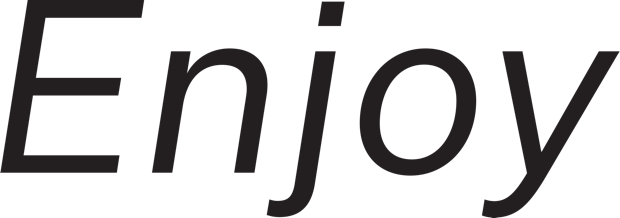past event
LAUNCH: NO FUTURE - The Cost of Extraction
Friday 29 Aug 2025
5:00pm
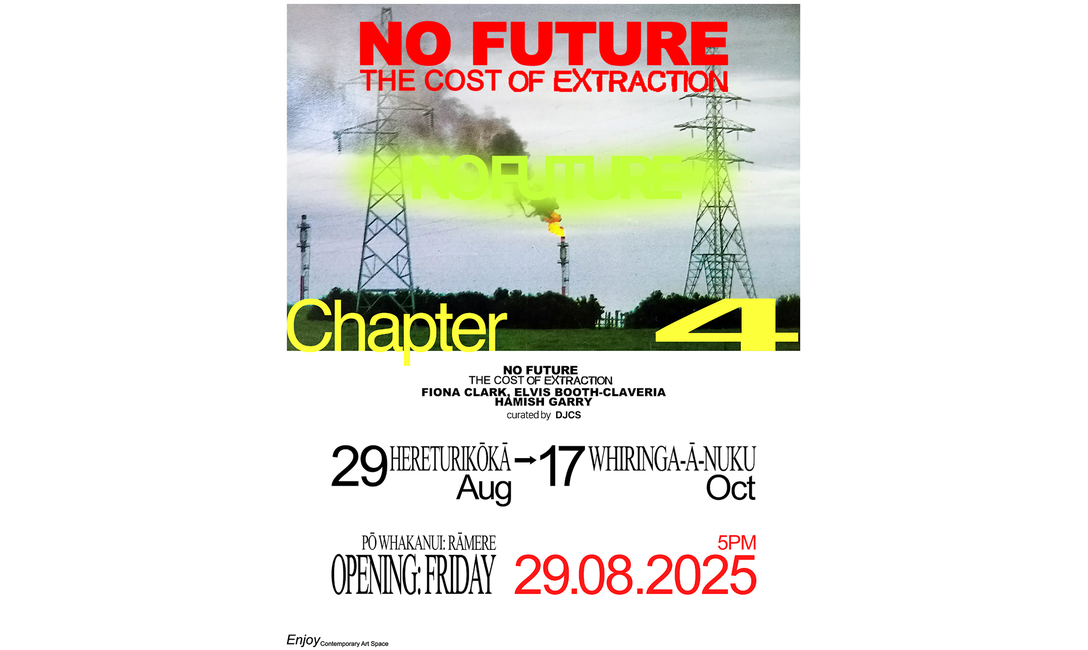
Graphic designed by Joe Locke.
Join us from 5pm on Rāmere Friday 29 Heriturikōkā August to celebrate the launch of our fourth exhibition chapter, NO FUTURE - The Cost of Extraction.
"My mum reckons the ground beneath Taranaki will collapse one day and we’ll all fall into a hole. My dad says that the local gas and oil industry fracking the land provided jobs where many were lost due to the closure of the meat works."
– DJCS
The fossil fuel industry in Aotearoa is more than an economic engine, it is a continuation of colonisation. When British surveyors first carved lines across whenua in the 19th century, they transformed a living, relational landscape into something that could be measured, owned, and sold. Today, the digital successors of these surveyors such as Land Information New Zealand (LINZ) datasets, GPS grids, and seismic maps continue this logic, guiding drilling rigs to the next profitable pocket beneath the surface. What was once mapped to be farmed is now mapped to be mined.
NO FUTURE – The Cost of Extraction brings together the work of Fiona Clark, Elvis Booth-Claveria and Hamish Garry, artists who are listening to the land, registering its wounds, and refusing the narratives that allow extraction to continue.
Curated by DJCS.
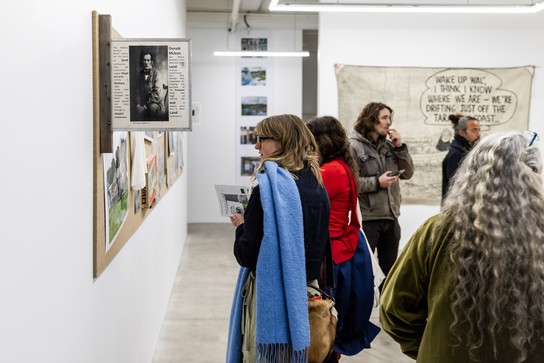
Opening night. Courtesy of Renati Waaka.
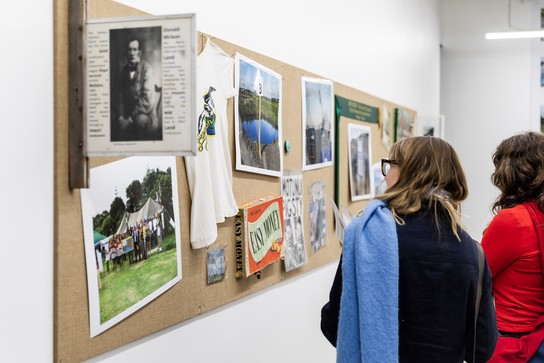
Opening night. Courtesy of Renati Waaka.
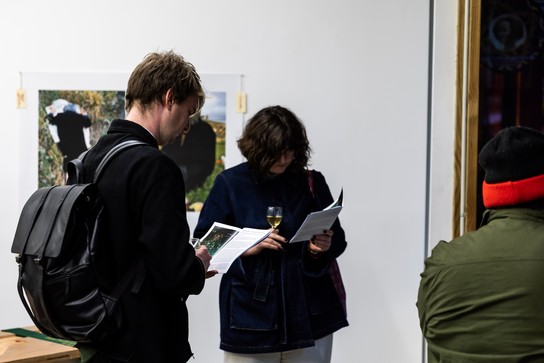
Opening night. Courtesy of Renati Waaka.
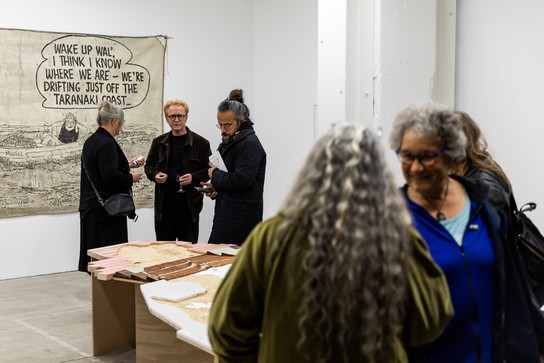
Opening night. Courtesy of Renati Waaka.
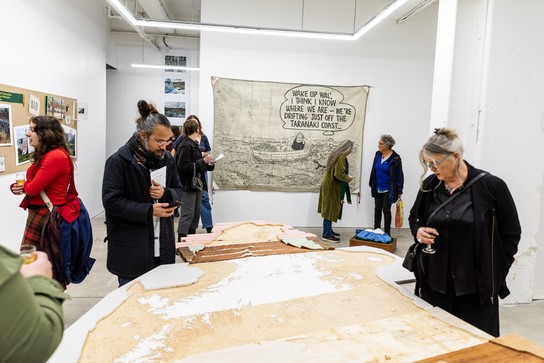
Opening night. Courtesy of Renati Waaka.
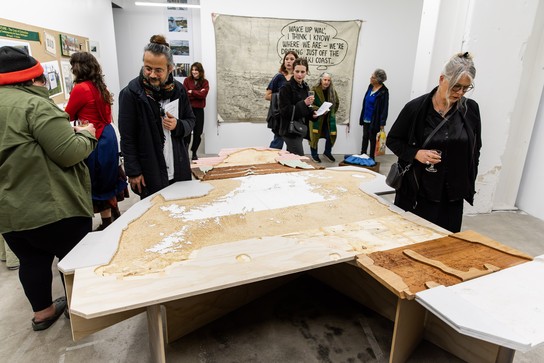
Opening night. Courtesy of Renati Waaka.
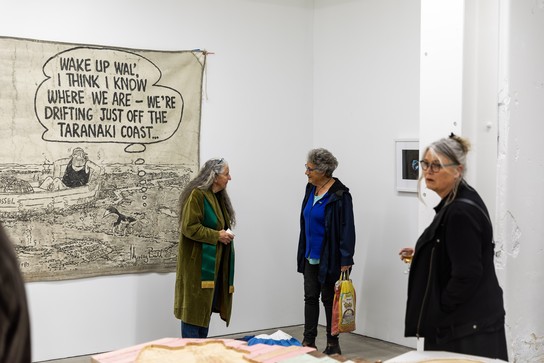
Opening night. Courtesy of Renati Waaka.
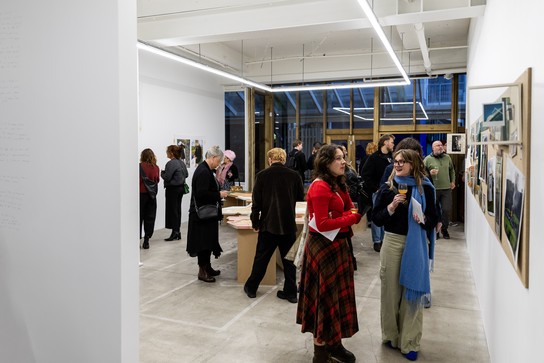
Opening night. Courtesy of Renati Waaka.
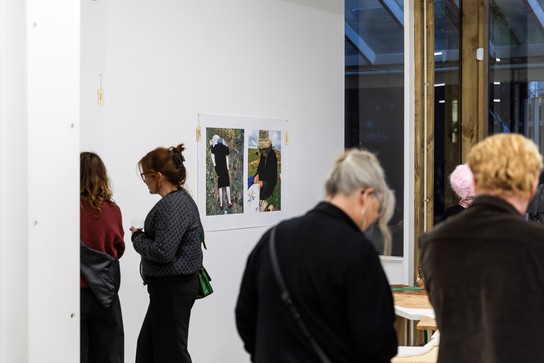
Opening night. Courtesy of Renati Waaka.
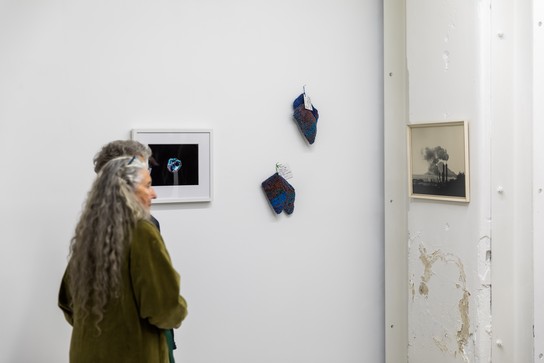
Opening night. Courtesy of Renati Waaka.
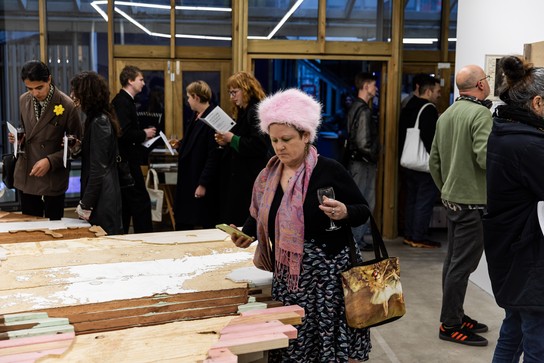
Opening night. Courtesy of Renati Waaka.
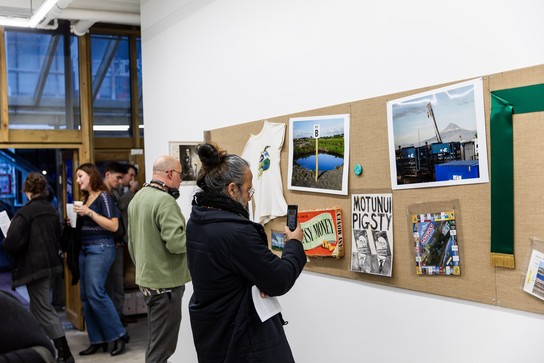
Opening night. Courtesy of Renati Waaka.

Opening night. Courtesy of Renati Waaka.
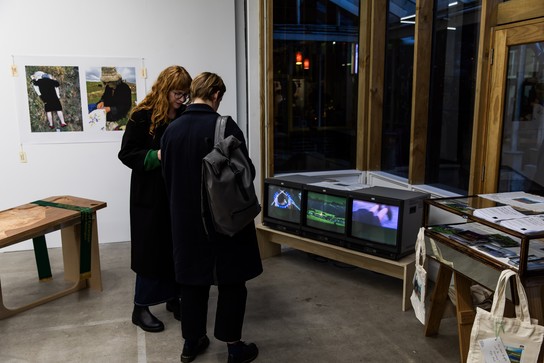
Opening night. Courtesy of Renati Waaka.
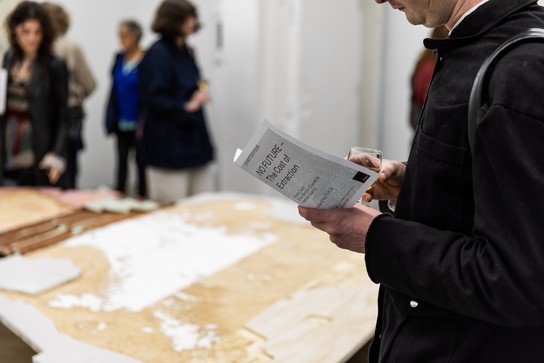
Opening night. Courtesy of Renati Waaka.
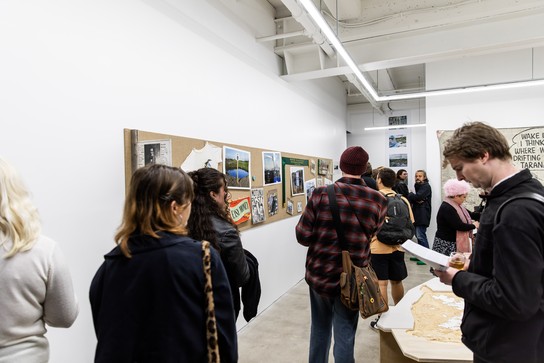
Opening night. Courtesy of Renati Waaka.
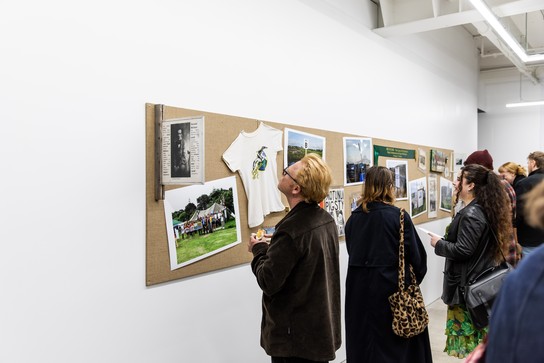
Opening night. Courtesy of Renati Waaka.

Opening night. Courtesy of Renati Waaka.

Opening night. Courtesy of Renati Waaka.
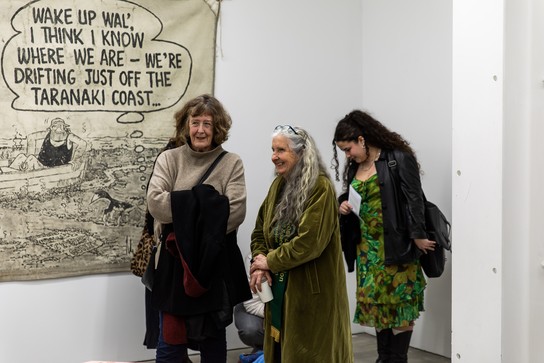
Opening night. Courtesy of Renati Waaka.
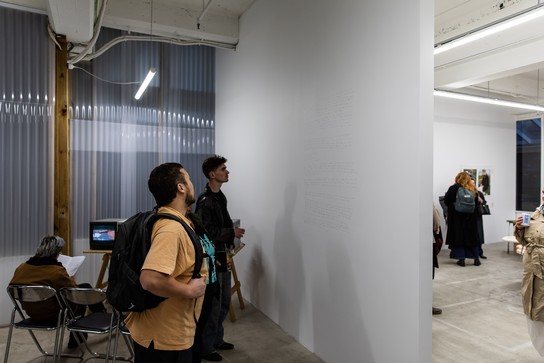
Opening night. Courtesy of Renati Waaka.
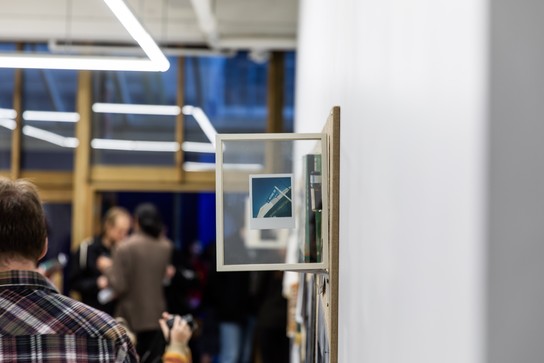
Opening night. Courtesy of Renati Waaka.
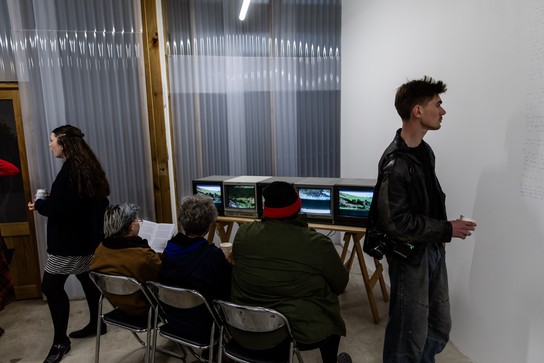
Opening night. Courtesy of Renati Waaka.
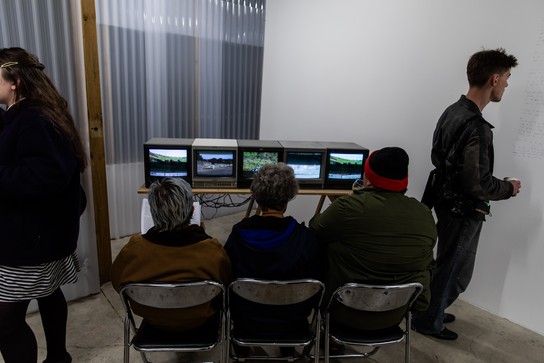
Opening night. Courtesy of Renati Waaka.
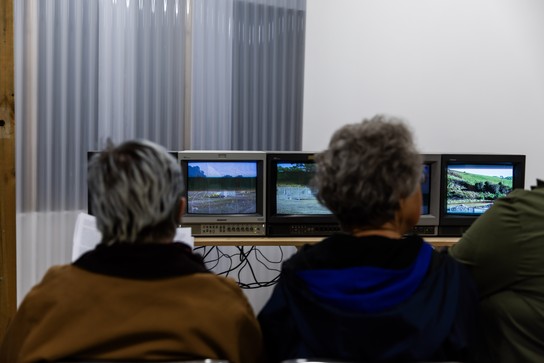
Opening night. Courtesy of Renati Waaka.
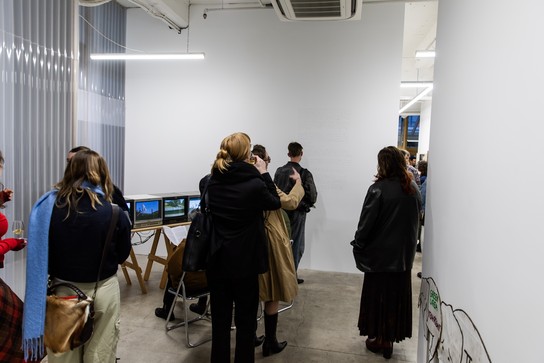
Opening night. Courtesy of Renati Waaka.
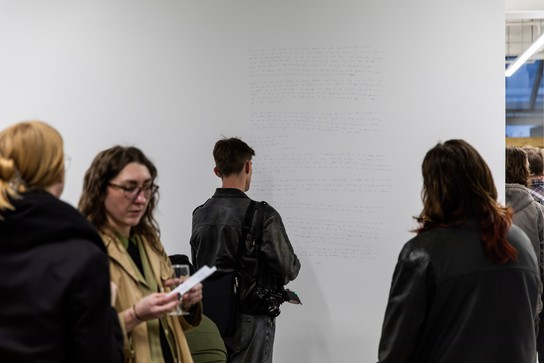
Opening night. Courtesy of Renati Waaka.

Opening night. Courtesy of Renati Waaka.
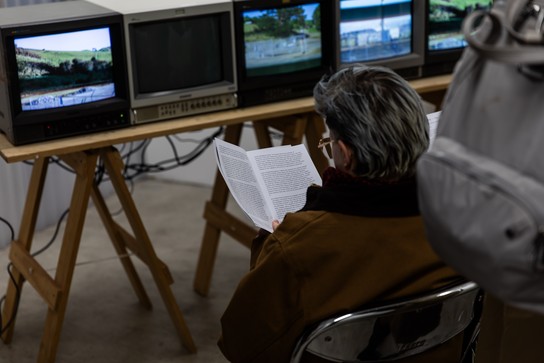
Opening night. Courtesy of Renati Waaka.
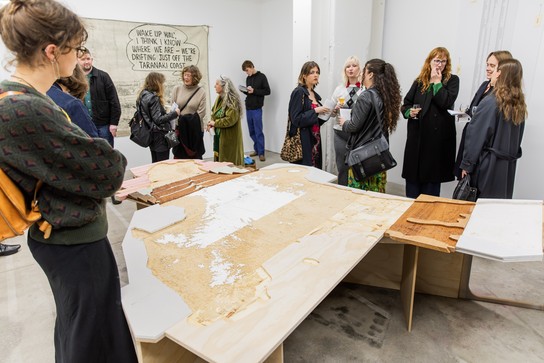
Opening night. Courtesy of Renati Waaka.
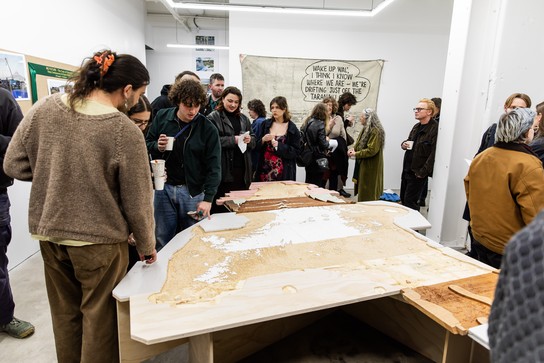
Opening night. Courtesy of Renati Waaka.
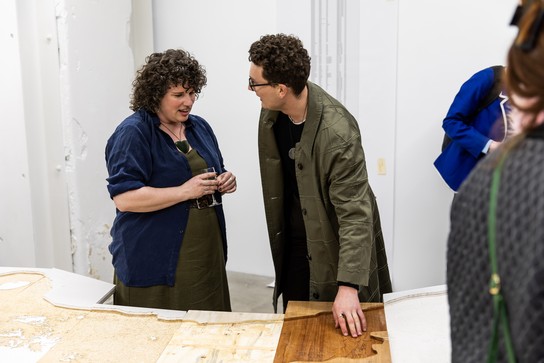
Opening night. Courtesy of Renati Waaka.
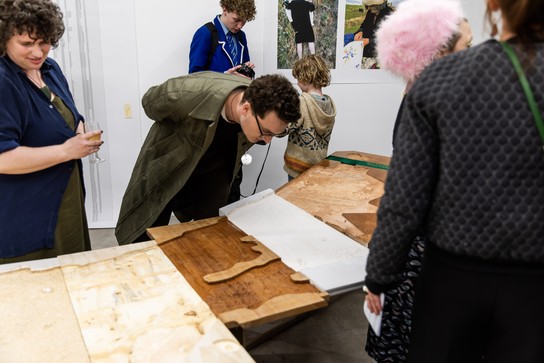
Opening night. Courtesy of Renati Waaka.
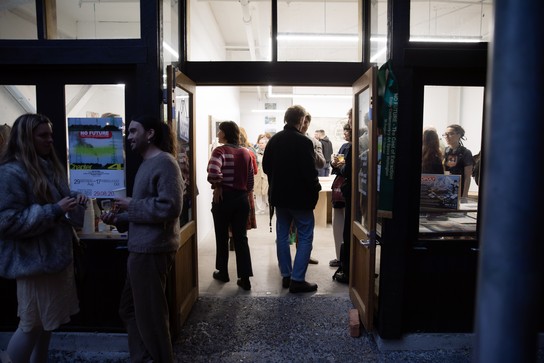
Opening night. Courtesy of Renati Waaka.
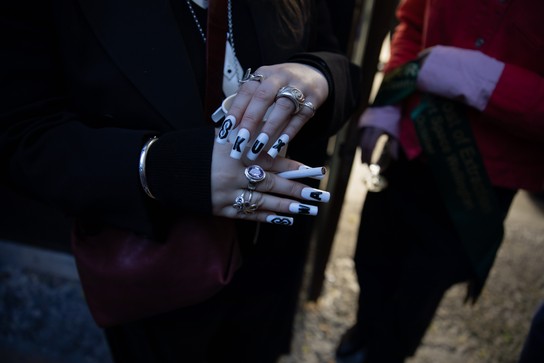
Opening night. Courtesy of Renati Waaka.
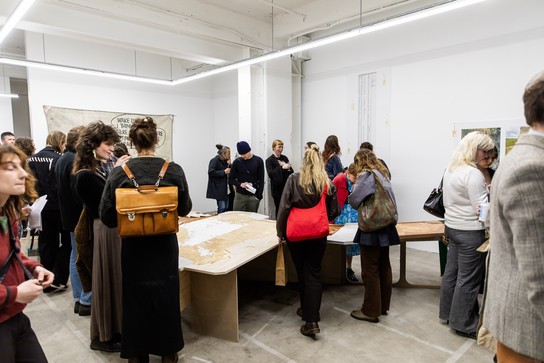
Opening night. Courtesy of Renati Waaka.
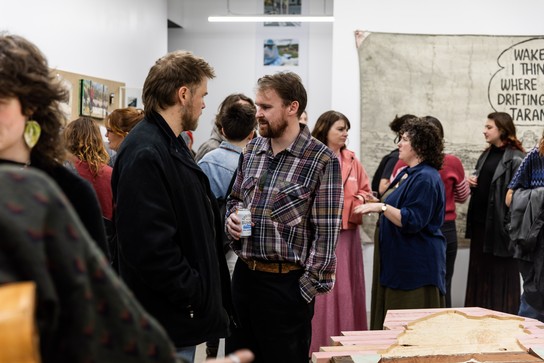
Opening night. Courtesy of Renati Waaka.
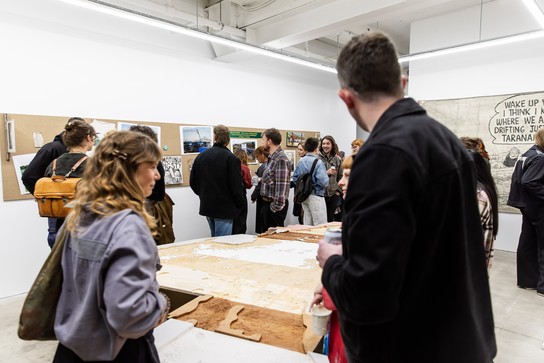
Opening night. Courtesy of Renati Waaka.
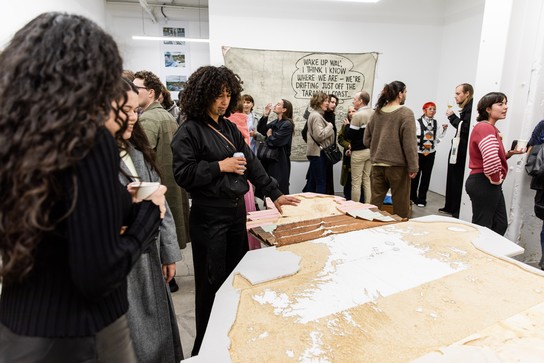
Opening night. Courtesy of Renati Waaka.
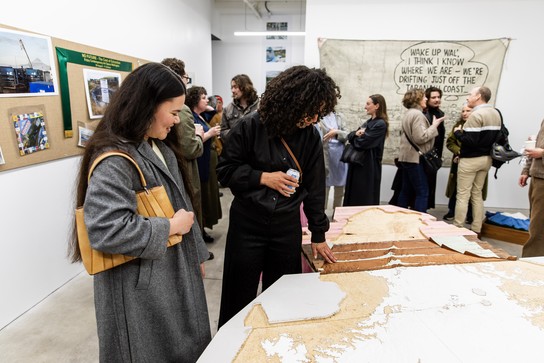
Opening night. Courtesy of Renati Waaka.

Opening night. Courtesy of Renati Waaka.

Opening night. Courtesy of Renati Waaka.
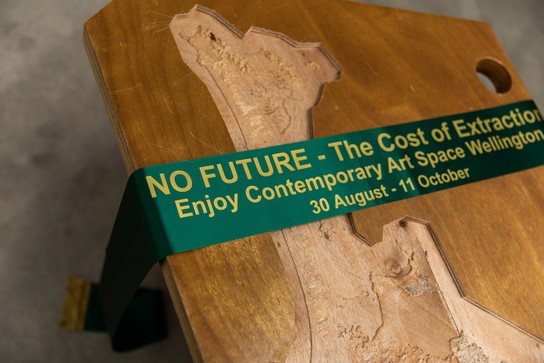
Opening night. Courtesy of Renati Waaka.
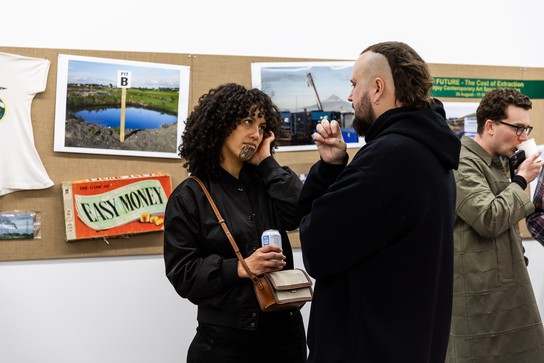
Opening night. Courtesy of Renati Waaka.
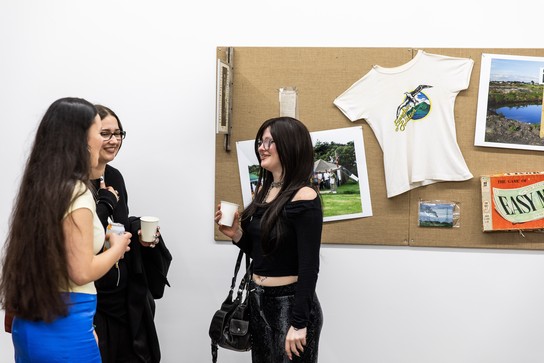
Opening night. Courtesy of Renati Waaka.
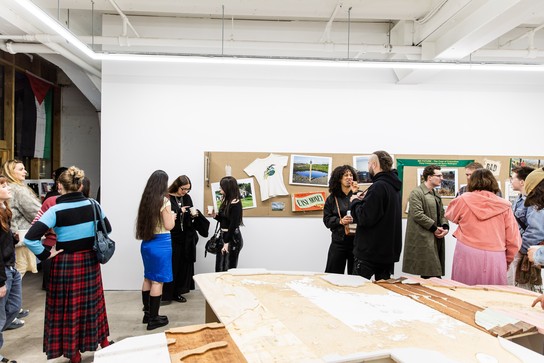
Opening night. Courtesy of Renati Waaka.
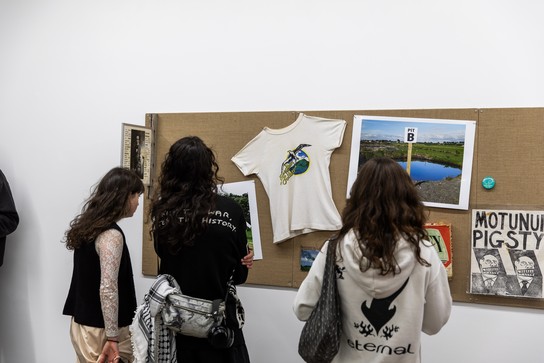
Opening night. Courtesy of Renati Waaka.
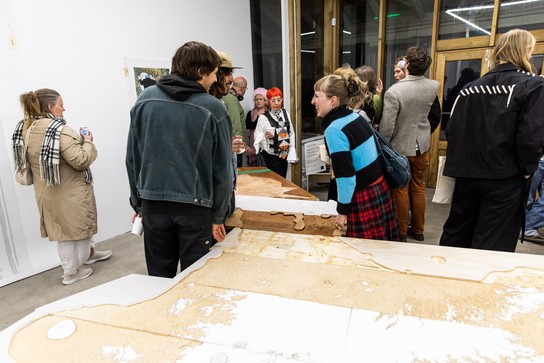
Opening night. Courtesy of Renati Waaka.
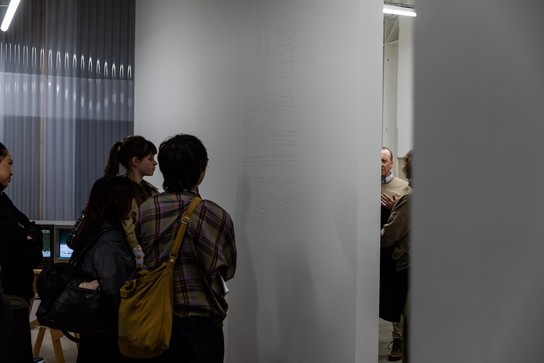
Opening night. Courtesy of Renati Waaka.
ABOUT THE ARTISTS
Taranaki-born Fiona Clark (1954-) is one of Aotearoa New Zealand’s most celebrated art photographers. Since completing her Diploma in Fine Arts (Honours) at the University of Auckland Elam School of Fine Arts in 1975, Clark has spent more than five decades photographing the people and places around her. Working in a social documentary style, Clark’s artistic practice engages with the politics of gender, identity and the body, and her long-term projects have focused in on specific social groups including transgender and bodybuilding communities. Clark lives and works in an old ex- dairy factory in Tikorangi, Taranaki. She was made an Arts Foundation Te Tumu Toi Laureate in 2023.
Elvis Booth-Claveria (Pākehā, Chilean) was born in Te Papaioea, Manawatū, and is currently based in Te Whanganui-a-Tara Wellington. Working between performance, video, sculpture, and installation, their practice moves between land, body, queerness, and atmosphere as an autotheoretical pursuit, and an intimate negotiation with connection, dislocation, and vulnerability. Their work unfolds through documented performances in which the environment becomes both stage and collaborator, a site where ideas surface in gestures and sensations rather than in linear or verbal form. Passing between states of embodiment and dissolution, Booth-Claveria seeks to encounter the body without hierarchy, unseating the dominance of the head, brain, and mouth over the rest of the system. This iterative process opens a shifting terrain in which queer, colonial, and political identities are neither neatly resolved nor singularly defined, but stretched, braided, and held in productive uncertainty.
Hamish Garry is a Dunedin born artist, craftsperson and industrial designer based in Te Motu Kairangi (Miramar, Wellington). Hamish is interested in art as the product of fabrication processes, fashion, material availability, skill and access. His practice explores neutrality, authority, truth, trust and authorship, while playfully teasing at the definition of an art object, through the application of (self-devised and self-enforced) rules for 'automated' art production. Hamish's works highlight both the beauty and fallibility inherent in physical materials and modes of making, as well as digital and data-driven processes. Informed by a long held involvement in exhibition and museum craft, Hamish enjoys accessible, useful objects, whose meanings are formed in relationship with the audience and user.
